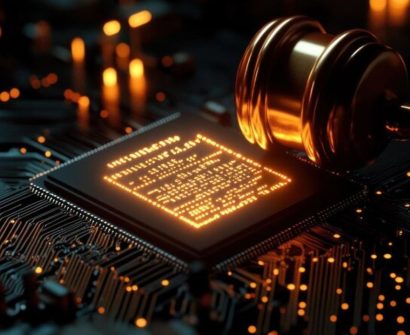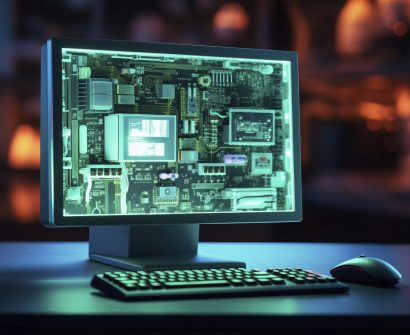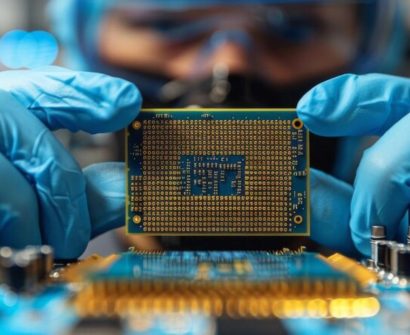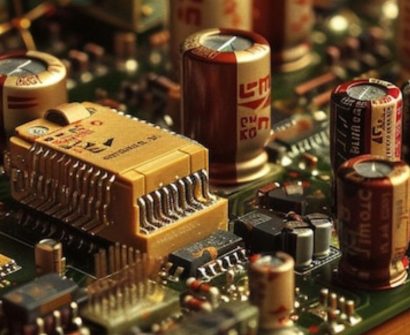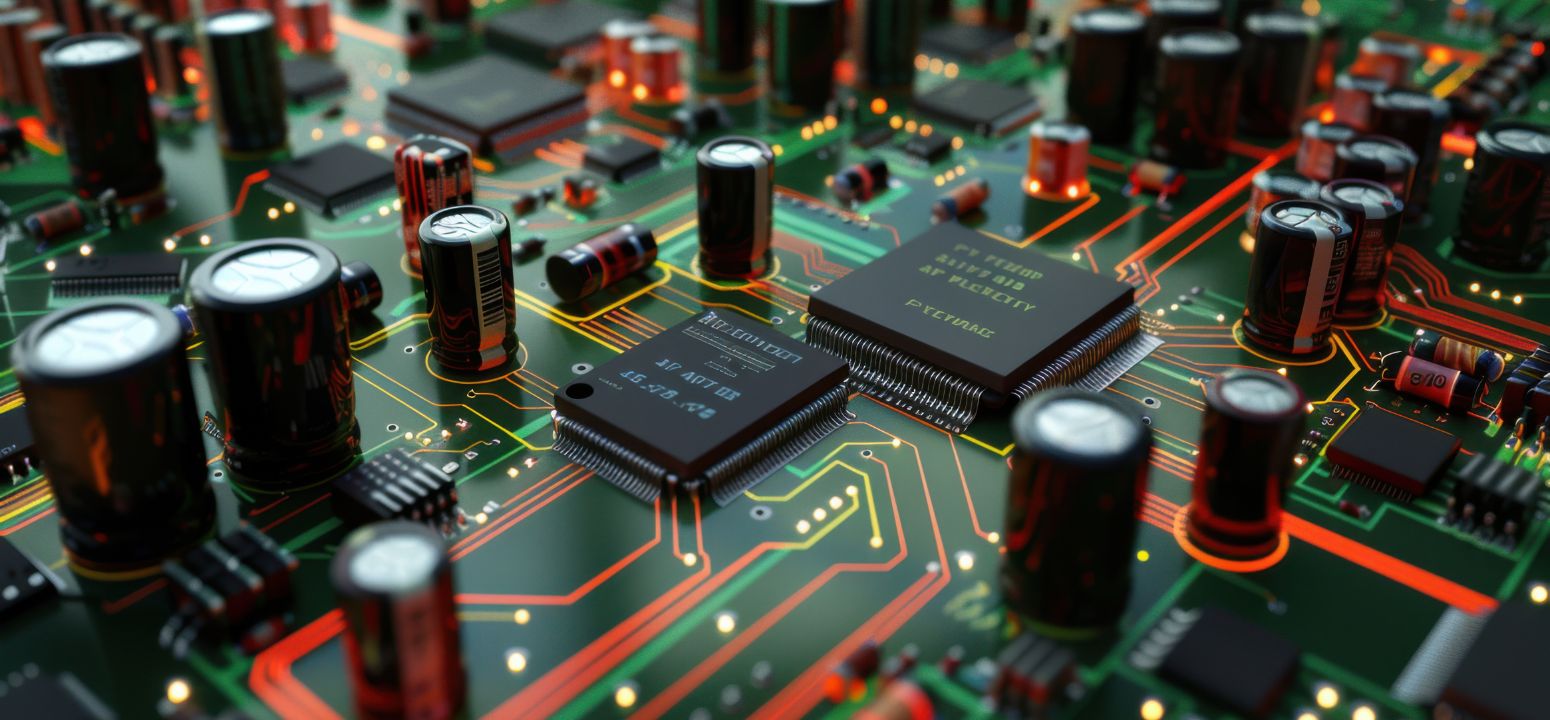
Introduction
A System on Chip (SoC) is a crucial concept in the world of Very Large Scale Integration (VLSI). It refers to the integration of various electronic components like the processor, memory, input/output ports, and other peripheral devices onto a single chip. SoCs are widely used in modern electronics, from smartphones to embedded systems, because of their ability to offer high performance while minimizing space and power consumption.
Key Components of SoC
An SoC integrates several components, each serving a specific purpose. Here’s a breakdown of the essential components:
- Processor (CPU or GPU): The processor handles the computational tasks. It can be a general-purpose Central Processing Unit (CPU) or a specialized Graphics Processing Unit (GPU) for handling graphics operations.
- Memory (RAM, ROM): Memory is used to store data temporarily or permanently. SoCs often include different types of memory, such as Random Access Memory (RAM) for temporary data storage and Read-Only Memory (ROM) for storing firmware or other permanent data.
- I/O Ports: These facilitate communication between the SoC and external devices or components. Examples include USB ports, serial ports, and Ethernet connections.
- Peripherals: These include various controllers and components like timers, counters, and ADC/DAC (Analog to Digital Converters/Digital to Analog Converters).
- Power Management: Efficient power management modules are integrated into SoCs to ensure optimal performance without excessive power consumption, which is vital for battery-operated devices.
How SoCs Differ from Traditional Integrated Circuits (ICs)
While traditional ICs typically house a single functional block, like a processor or memory, SoCs consolidate multiple functions onto a single chip. This reduces the physical footprint of the device, lowers manufacturing costs, and enhances performance. Instead of using several chips for different tasks, an SoC provides an all-in-one solution.
Advantages of SoC in VLSI Design
- Compact Size: An SoC eliminates the need for multiple chips, reducing the overall size of the device. This is particularly beneficial in mobile devices and other applications where space is limited.
- Energy Efficiency: Since all components are integrated onto a single chip, the energy consumed during data transmission between components is minimized, making SoCs highly energy-efficient.
- Improved Performance: The tight integration of components in an SoC ensures faster data processing and transfer, enhancing the overall performance of the system.
- Cost-Effective: Fewer components and reduced board space lead to lower manufacturing costs, which is a significant advantage in high-volume production.
Applications of SoC
SoCs are ubiquitous in modern electronics, powering a wide range of devices and systems. Some common applications include:
- Smartphones and Tablets: Most mobile devices are powered by SoCs that integrate processors, graphics units, and memory to enable smooth performance and multitasking.
- Embedded Systems: SoCs are widely used in embedded systems, where a compact and efficient solution is needed for tasks like automation, medical devices, and more.
- IoT Devices: Internet of Things (IoT) devices leverage SoCs for low power consumption and high processing capabilities, allowing them to operate autonomously for long periods.
The Future of SoC in VLSI
As technology advances, the demand for more powerful and efficient SoCs will continue to grow. Future SoCs will likely integrate even more components and functionalities, further blurring the lines between software and hardware. Artificial Intelligence (AI) and Machine Learning (ML) capabilities are already being embedded into modern SoCs, paving the way for intelligent devices with advanced functionalities.
Conclusion
In the realm of VLSI, System on Chip (SoC) is a revolutionary concept that allows the integration of multiple components into a single chip. Its compact design, energy efficiency, and performance advantages make it an essential building block of modern electronics. As technology progresses, SoCs will play an even more critical role in shaping the future of electronic devices and systems.
Also Read : fpga architecture in vlsi
To know more about VLSI Course , SuccessBridge VLSI training institute. You can begin your VLSI career by enrolling in the placement-assisted live courses available at SuccessBridge We offer various VLSI online courses. We offer VLSI Physical Design course, Design Verification course, DFT Training , Chip design course many more. Explore VLSI Courses From The Leaders In VLSI Training
By understanding SoCs, you can appreciate the innovation behind today’s mobile devices, IoT products, and embedded systems, and recognize the potential of this technology for future advancements.

